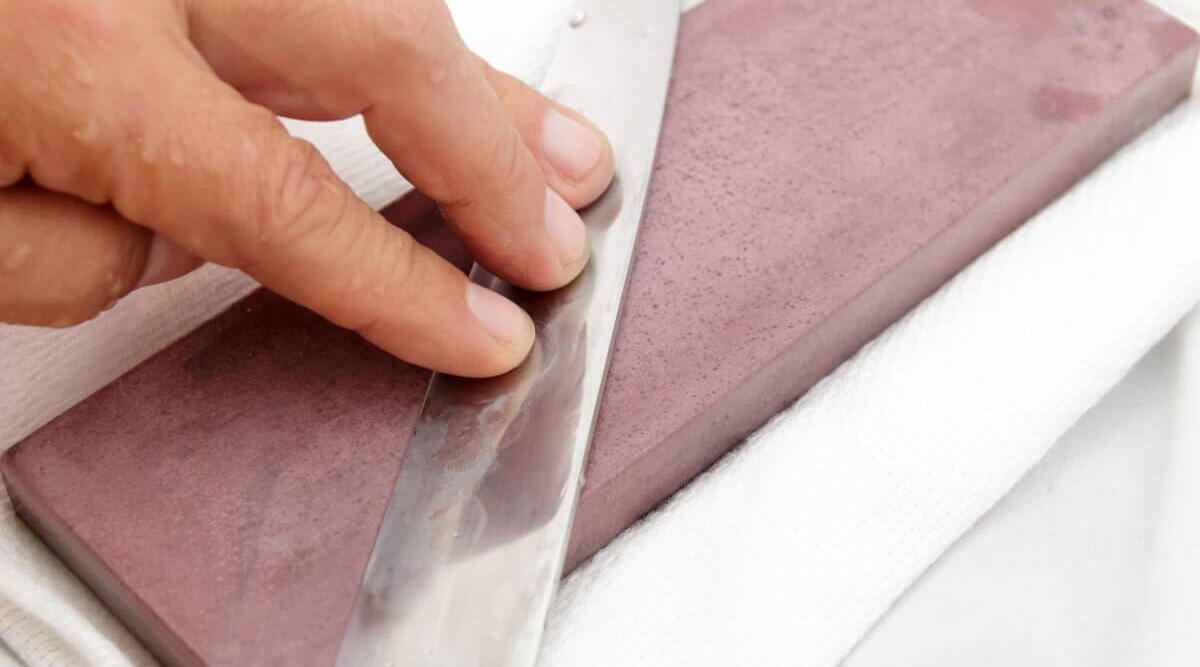
In this article, we take a look at the different types of knife sharpeners available. From manual to electric, from guided systems to whetstones, and even honing steels.
We discuss the different knives each type of sharpener suits, compare the merits and cons of each, as well as the learning curve and skill required to use them.
This will help you find the very best type of knife sharpener that’s just right for you and your particular selection and style of knives.
If you’re deep into barbecue, experienced and skilled, you likely find yourself looking for new ways to challenge yourself.
On top of trying different kinds and cuts of meat, you might also enjoy doing some of your own butchering. At the very least, you’ll almost certainly want to debone some cuts and be able to carve your creations and serve them with style.
To do that, you’ll want to invest in some good BBQ knives.
Like your car, a knife performs best when well maintained. For a knife, that means regular sharpening, so you’re also going to need the best knife sharpener suitable for your particular style of knives.
When I was a kid, we had a rudimentary sharpener built-into the back of our electric can opener. As an adult, it strikes me that this may not have been the best way to sharpen good table and kitchenware.
So in this article, I’m going to help you find the best type of knife sharpener for you. There are no reviews of products here, this is purely informational, so you know what kind of sharpener to look for before you go shopping.
I will link out to some roundup and reviews of knife sharpeners, so you know where to go once you’ve decided on what type you actually need.
OK, that’s enough of whetting your appetite, let’s whet your blades, instead.
Jump to:
Is a Sharp Knife Really Necessary?
If you have to ask that question then perhaps you’ve never experienced the anguish of destroying good food with a dull blade?
A sharp knife allows you to finish the barbecue process by slicing off perfect portions, it lets you custom butcher your own cuts, French a rack of ribs, or even just cut a mouth-watering forkful of a beautifully seared steak.
So the answer is yes — if you want to enjoy every aspect of smoking and grilling food, a sharp knife is essential. How sharp you keep your knives, however, is a matter of personal preference.
Some people thoroughly enjoy sharpening a knife down to a mirror-finish with a blade so sharp you’d swear you’d cut yourself just looking at it. For others, it’s sufficient to just cut cleanly through the meat.
How sharp you want your knives will also likely depend on how much money you spent on them.
If you’re importing high-end Japanese knives, you’re probably really into the whole sub-culture of kitchen knives, and you’ll want to keep them sharp and beautiful. But, if you just want a good knife that cuts without complaint, you might be a bit less fussy.
All these factors will also affect what type of sharpener you purchase. Let’s have a look at what’s available to choose from.
Different Types of Knife Sharpeners
There are five main types of knife sharpener: Electric, manual, sharpening systems, stones and steels.
Let’s take a look at each, their pros and cons and what knives and chefs their most suited to.
Electric Knife Sharpeners
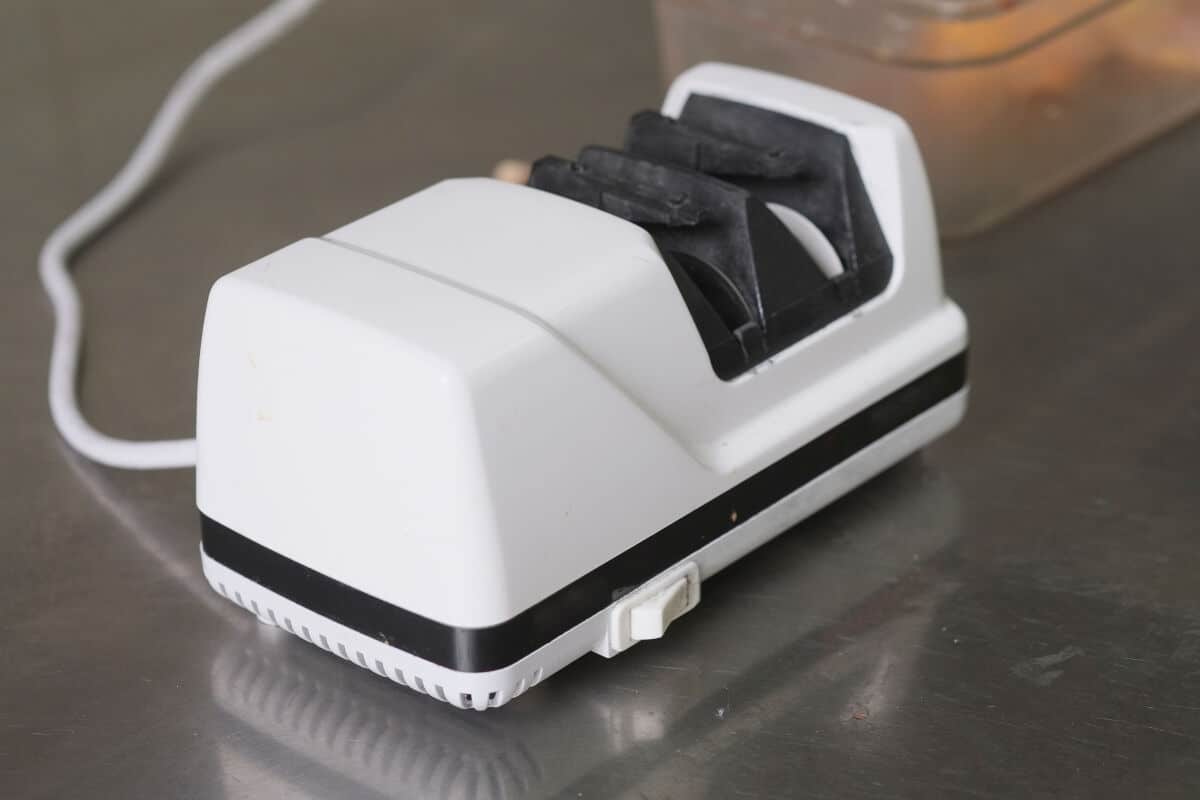
An electric knife sharpener is a handy device, and the simplest of all sharpeners to use. It requires incredibly little effort to sharpen a knife with one of these gadgets, and the learning curve is pretty much flat.
Most electrics are relatively low-profile machines. They have 2 or more slots through which you pull the knife blade. Spinning sharpening stones inside grind and sharpen the blades as they pass through.
Different levels of grit help you fine-tune the edge, and you can often bring back a sharp edge to a badly dulled knife, especially with a multi-stage unit.
A good electric sharpener will have guides to help you put the knife in at the right angle. Angles are important to sharpen a knife correctly, and they can be tough to learn.
Japanese knives have a different angle compared to more traditional western knives, and if you have the right electric sharpener, there’s no guesswork.
However, there’s also no real connection between yourself and the sharpening element. You will never get a sense of “feel” or learn just the right amount of pressure to apply, or angle to use. You will not pick up any knife sharpening skills.
Furthermore, you don’t have much control with an electric, but it will get the job done. Be warned, though, that you may be shortening the life of the blade in the process by taking off more metal than is necessary. Electric sharpeners grind away considerably more of the edge each time they are used compared to any other type.
The bottom line is a good electric sharpener will absolutely keep your knives sharp, with little to no skill required.
If you don’t plan to spend a lot of money on premium knives, but you expect a keen blade when you want it, or need to keep your knives sharp but aren’t willing to learn how to use a manual sharpener, an electric model may be for you.
Handheld / Pull Through Sharpeners
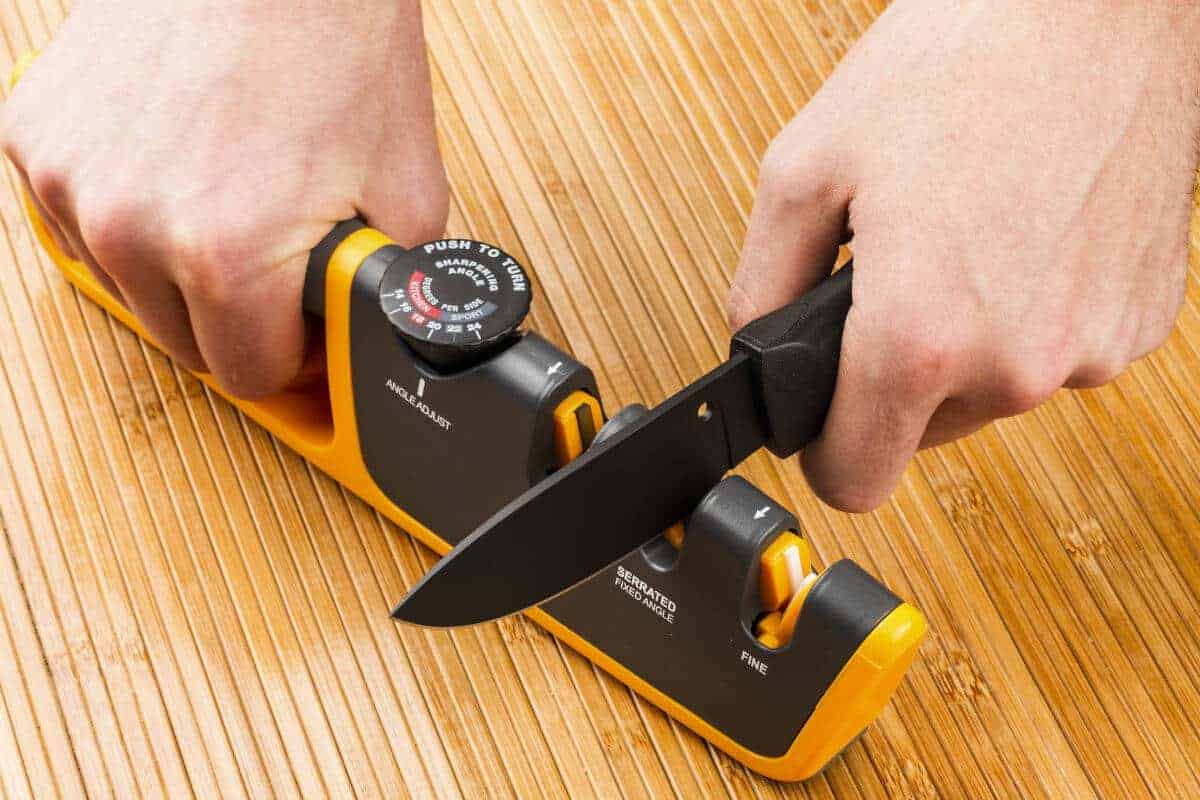
Similar to electrics, a handheld sharpener has a slot through which you pull the knife. There’s no spinning motion, though, so the process is slower. Alternatively, there are handhelds whereby you pull the sharpener over the blade, instead of pulling the blade through.
A handheld allows for more precise control of the sharpening process than an electric does, but still has the convenience of preset angles. They aren’t difficult to use from an “understanding how to do it” standpoint, but there’s more physical effort required.
They’re much smaller than electric sharpeners, meaning you can readily toss yours in a drawer when it’s not in use. Depending on how much counter space you have, that might be the reason to buy one right there!
A handheld will deliver a good, sharp edge, and allow you better control than an electric. The angle guides keep the whole process simple and easy to learn.
As with the electrics, a handheld is good for someone with a casual interest in sharpening knives that values control, and also ease of use.
Knife Sharpening Systems / Guided Systems
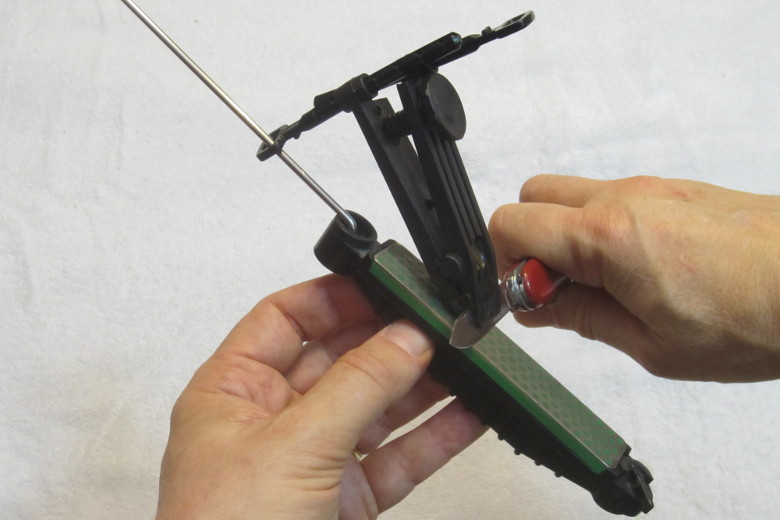
A knife sharpening system straddles the line between the user-friendliness of electrics and some manuals and the precision control of a sharpening stone.
Instead of passing the knife through or across a sharpening surface, however, with a system, the knife is fixed, and the operator moves the stone over the blade.
Each system works a little differently, but the principles are the same — the knife is clamped in place on the unit, and the operator sharpens the knife-edge with a whetstone attached to the unit on an arm to maintain a fixed angle.
The angle of the arm is adjustable to account for the recommended angle of different blades. Once you’ve established the correct angle, it’s just a matter of running the stone along the blade repeatedly.
Some units only sharpen one side at a time, while others allow you to do both without repositioning. Using different grits, you should be able to do anything from re-edge a badly damaged knife, to hone a knife between sharpenings for maximum efficacy.
There is a learning curve with a system, and it’s certainly slower and more labor-intensive than an electric sharpener, or even a guided manual. As with anything, though, you’ll surely get faster with practice.
What’s the Advantage of a ‘Sharpening System’?
There are two, actually:
- Precision control of the sharpening element
- The ability to sharpen any angle.
If you have a variety of knives, and you like the idea of extra control over the process but aren’t ready to go entirely freehand with a sharpening stone, a sharpening system could be right for you.
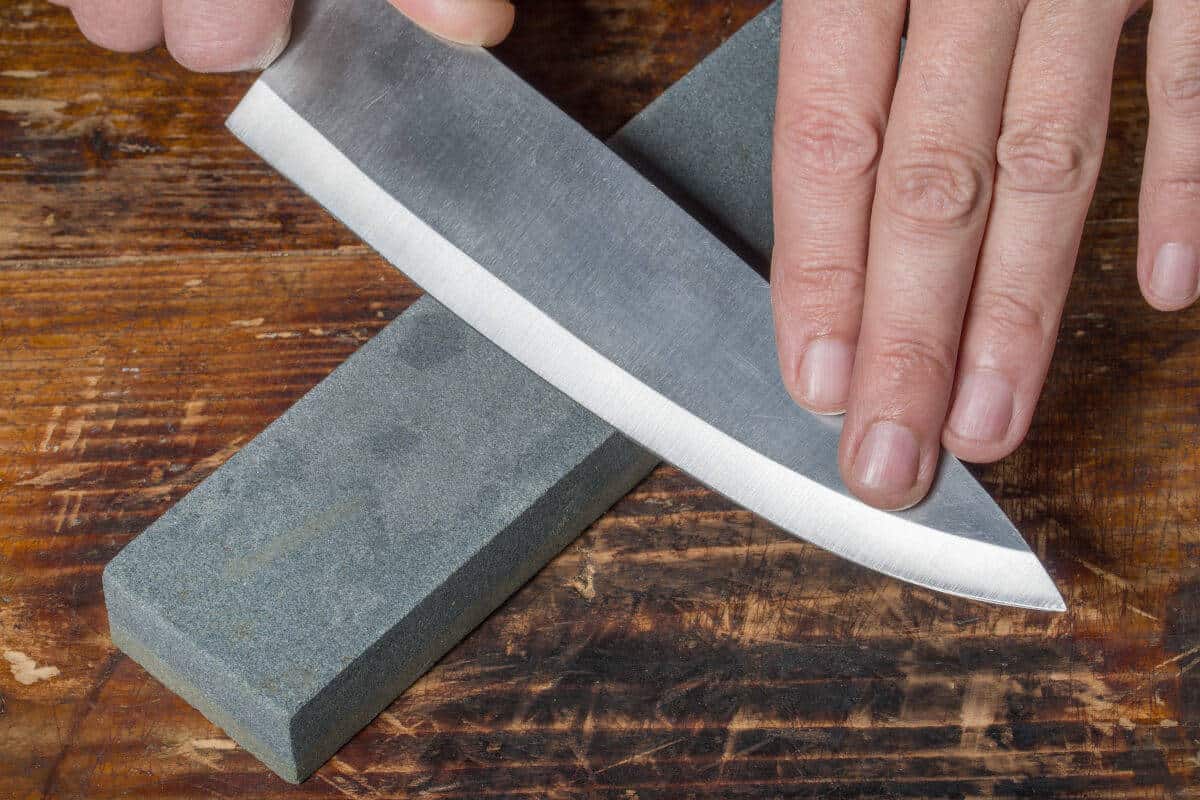
For the ultimate in control, you’ll want to sharpen with a set of sharpening stones or whetstones.
Let’s clear up the terminology — all sharpening stones can be called “whetstones,” but not all whetstones are wet stones. Confused?
To “whet” something means to sharpen it. Said out loud, that can cause confusion, especially since some whetstones should be used wet. Others are used dry, and some require oil.
They all work essentially the same way, however.
You affix the stone to a surface (many come with a stand or holder) and run the knife back and forth across the stone until it’s sharp. Some stones have a coarse side and a fine side for refining the edge. In other cases, you’ll need to purchase multiple stones of varying levels of grit to do a complete job.
It’s the oldest method of sharpening a knife, and many argue it gives the best results.
The learning curve is steep though; you’ll want to practice on cheap knives before you move on to your best blades! It takes a while to learn how much pressure to apply, and how to hold the knife at the correct angle.
Once you’ve mastered it, though, you can sharpen any kind of blade with a whetstone, to an incredible degree of accuracy.
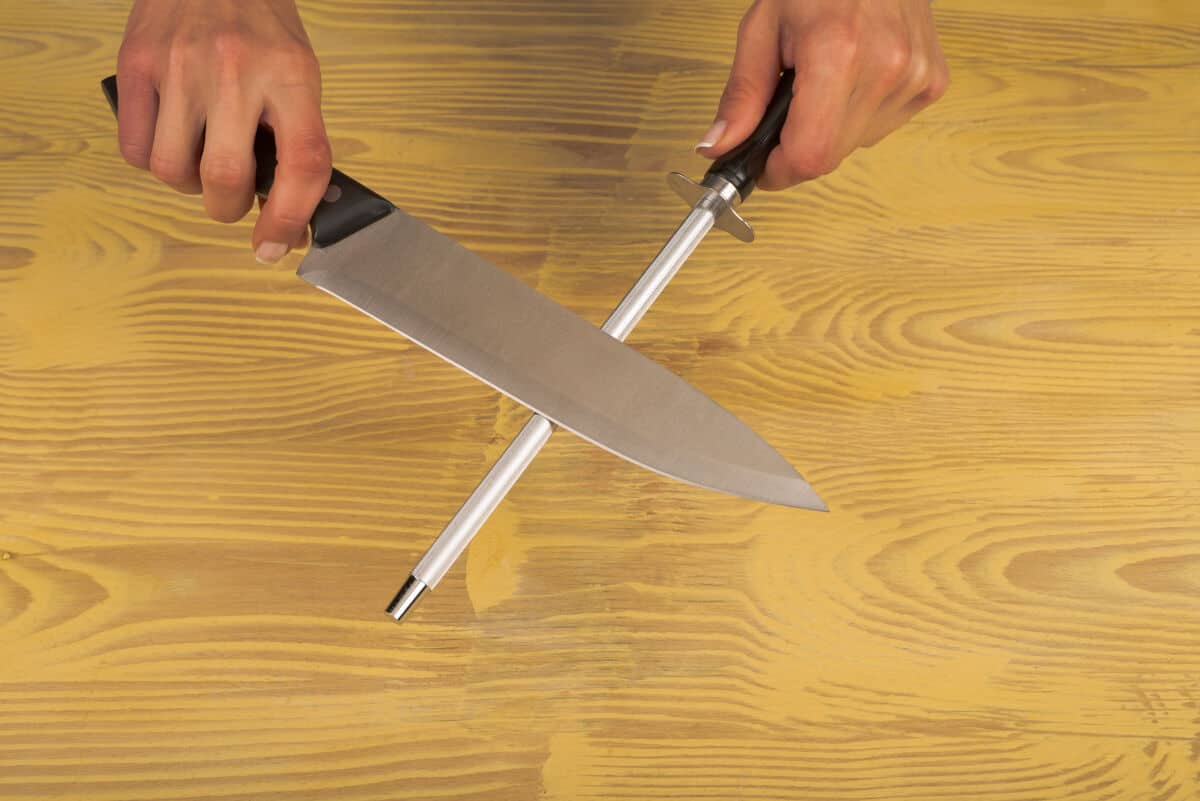
There are many names for this product: sharpening steel, honing steel, knife hone, honer, and so on.
They are perhaps most commonly referred to as sharpening steel, but this is a misnomer. It does not sharpen a blade so don’t expect to restore a heavily worn or damaged knife with a few strokes along the hone.
To hone a knife is to realign the primary edge of the blade after it has been bent out of shape. Yes, under regular use, a sharpened edge gets all bent out of shape and hence loses sharpness. After honing, the edge isn’t actually any sharper, but because the honing process sets the edge back to straight and true, it cuts as if it has been sharpened.
A lot of knife sets come with a hone — it’s that long rod with a handle on the end. You know, the thing that’s in your block that you never take out? That’s the one. I used to think it was for bludgeoning meat until it was tender.
By running the blade along the hone (at the proper angle!) it’s possible to straighten a bent blade edge. This is a great way to maintain your knives between sharpening. You’ll extend their lives, too; the more you sharpen, the more metal you remove and the faster the knife will wear out.
With honing, you will sharpen less often, because if you don’t hone, you mistakenly believe it’s needed, when the edge just required re-aligning. So, more honing means less sharpening, which equals a longer life for your knives.
As with a whetstone, it will take some practice to get the hang of it. You’ll need to learn how to use a knife sharpening rod, how much pressure to apply, and how to hold the knife at the correct angle.
Once you’ve mastered that, though, you’ll find having a sharpening steel to be very useful. This is a skill worth acquiring for everybody, no matter your ability and/or interest level.
What is the Best Knife Sharpener Type?
Every system has its adherents, and there are good and not so good sharpeners in every category. So, while I could state that whetstones are the best overall sharpeners, it may be that a very good electric sharpener will be better than a lousy stone.
It’s also important to choose the product that’s right for you. For example, if you’re just not one for fine motor skills, then a whetstone is never going to give you good results.
Serious knife users, like chefs and outdoors men, tend to prefer the total control of a good whetstone. Some will admit (grudgingly) that a sharpening system is the next best thing. Electric sharpeners tend to place last on their lists of preferred sharpeners.
Having said that, there are plenty of users and reviewers who are more than happy with plugging in an electric and pulling through their favorite knives. It really is a matter of personal choice and preference.
Let’s look at a quick breakdown and summary of each type:
Electric Knife Sharpeners
- Anyone can use one
- Easy to learn
- Minimal effort required
- Shortens knife lifespan compared to other types
Handheld / Pull-through Knife Sharpeners
- Anyone can use one
- Slight learning curve
- Some effort required
Knife Sharpening Systems / Guided Systems
- Pronounced learning curve
- Time-consuming
- Considerable effort and set up required
Sharpening Stones / Whetstones
- Extreme learning curve
- Highly time-consuming
- Minimal set up but requires a lot of effort
It’s Been a Slice
And there you have it — A complete guide to selecting something you may never have known you needed.
In all seriousness, though, you will get far more enjoyment out of your knives if you keep them sharp, and prepping food will be less of a chore. In time, you might even have your own sexy meat cutting video going viral!
Well, maybe not, but at least you’ll be slicing through your meat with ease.
Thank you for staying with me until the end of my guide to the different types of knife sharpeners. If this article has piqued your interest in maintaining your blades, you’ll want to read our guide on how to use a knife sharpener.
You might also want to share with anyone you know who shares your interest in a keen edge — or use it to drop a subtle hint on that friend who’s always bashing away on a defenseless cut of meat with a dull blade.
We welcome your comments on knife sharpeners below — including jabs and cutting remarks!
Until next time, friends — stay sharp!


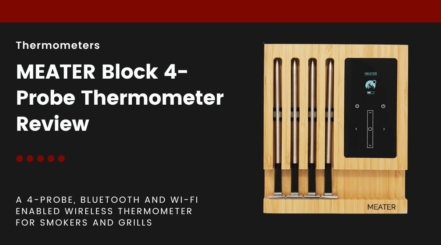

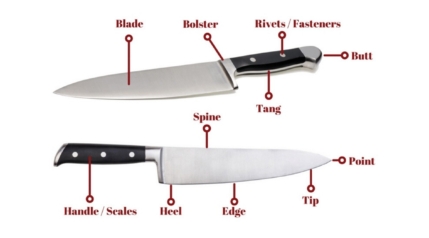
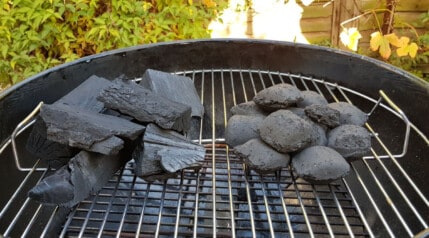
What do you think about a ceramic sharpening rod for a new knife set? I think it would be better at maintaining the edge than a regular cut steel. Or what would you recommend for a knife set? Keep in mind that this would be for beginners. I just want to be able to provide them with something that they can use to maintain their blades edge. Thanks.
Ceramic is harder than steel, so do actually provide a bit of sharpening, rather than just honing and straightening the edge. What would I recommend for a knife set for beginners? Probably a 2-stage electric sharpener with an angle that suits the blades. I have and have used whetstones, guided systems, etc. I default to my electric I.O. Shen sharpener most times, just because it’s so easy, simple, foolproof, and quick. Many people would argue it doesn’t get the best edge, and takes too much metal off the knives. But you need to balance this against simplicity and time saved. It suits me and my knives are always sharp enough.
i’m old school and like a whet stone. like rods, they take a while to master, but your good knives last longer using them. for really short knives the little hand held wheels are fine.
Test the sharpness of your small knife by gently dropping the blade from about 1 inch above your thumb nail. if it slides it’t not sharp enough. if it stops/grips a bit it’s sharp enough. for a larger knife quickly slice a standard piece of of letter sized paper. a smooth cut= sharp knife. zig zag or choppy paper cut, still dull. there’s nothing like a good sharp knife, but learn how to use them all, little to big safely. Keep those fingers and thumbs!
p.s. i have a dear friend who cut the tip his pointer finger off. they couldn’t sew it back on at the er. i bought a gold thimble and had a friend solder a cup hook to the top. Chef Captain Hook!
Thanks for the tips, Meril. And lol…Captain Hook raised a smile 🙂
This seems like terrible advice.
Thanks for this article. I have a Wusthof chef’s knife with a 14 degree edge and a Wusthof santoku with a 10 degree edge. Will an electric sharpener be a good choice, or will it ruin the edge of the santoku? Do I need two electric sharpeners? Or is it not that big a deal? Thanks!
Hi Melanie,
If you really want the best for your knives, a manual sharpener is best because electric sharpeners take off more metal than any manual sharpening will do. The absolute best thing to use is whetstones. You can buy ‘guided knife sharpening systems’ that have a jig where you can set up different angles, and make the process virtually foolproof. However, it is time consuming.
I have Wusthoff and I.O.Shen knives, 14 degree / 15 degree, and I use an electric knife sharpener because I value my time over my knives, lol. I do have whetstones, but I love the speed and ease of an electric sharpener.
If you have 14 degree and 10 degree knives, then yes you will need sharpeners to match to get the best from your knives. Or an adjustable electric one that can cover both angles. Grinding the blade to a degree that the manufacturer never intended it to be is sub-optimal at best.